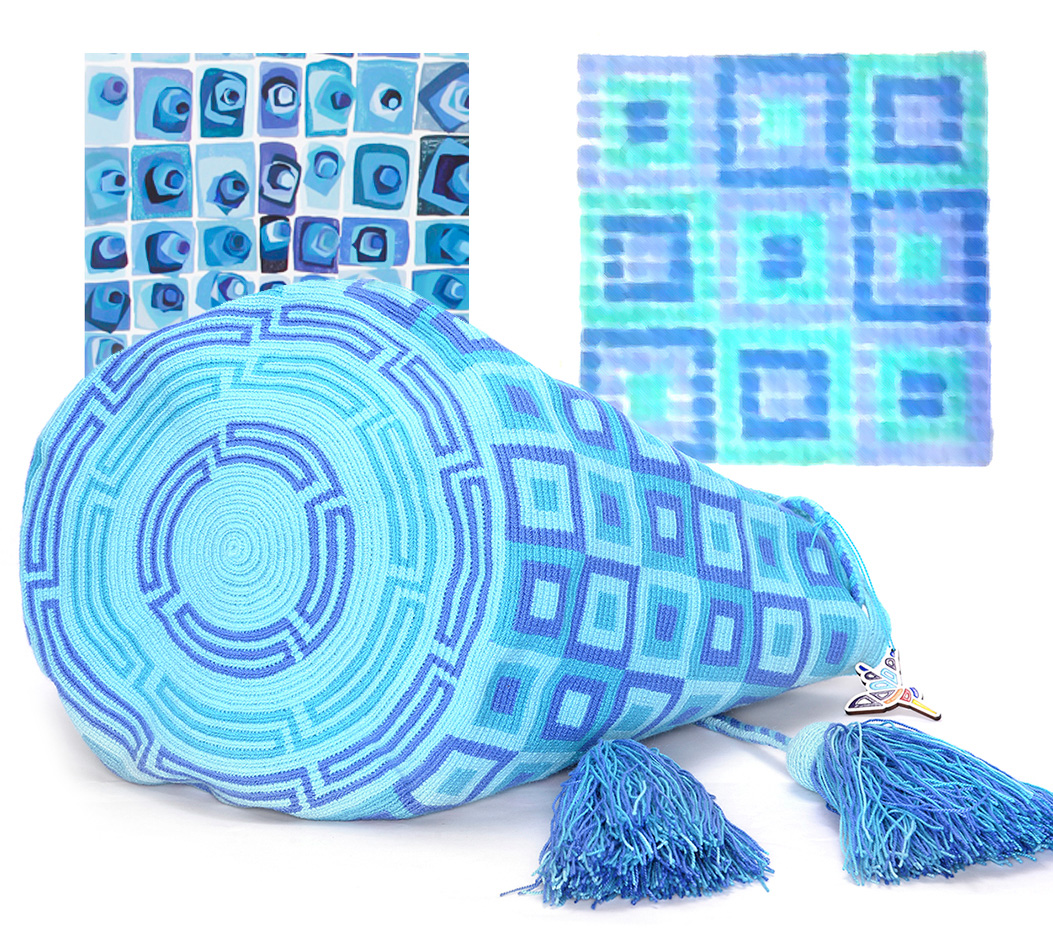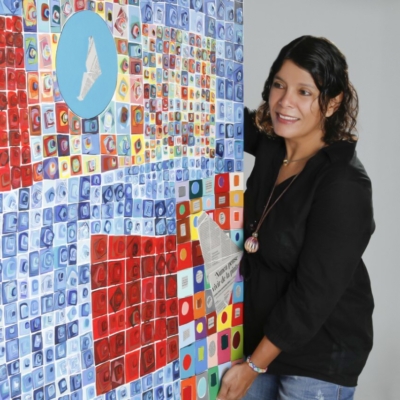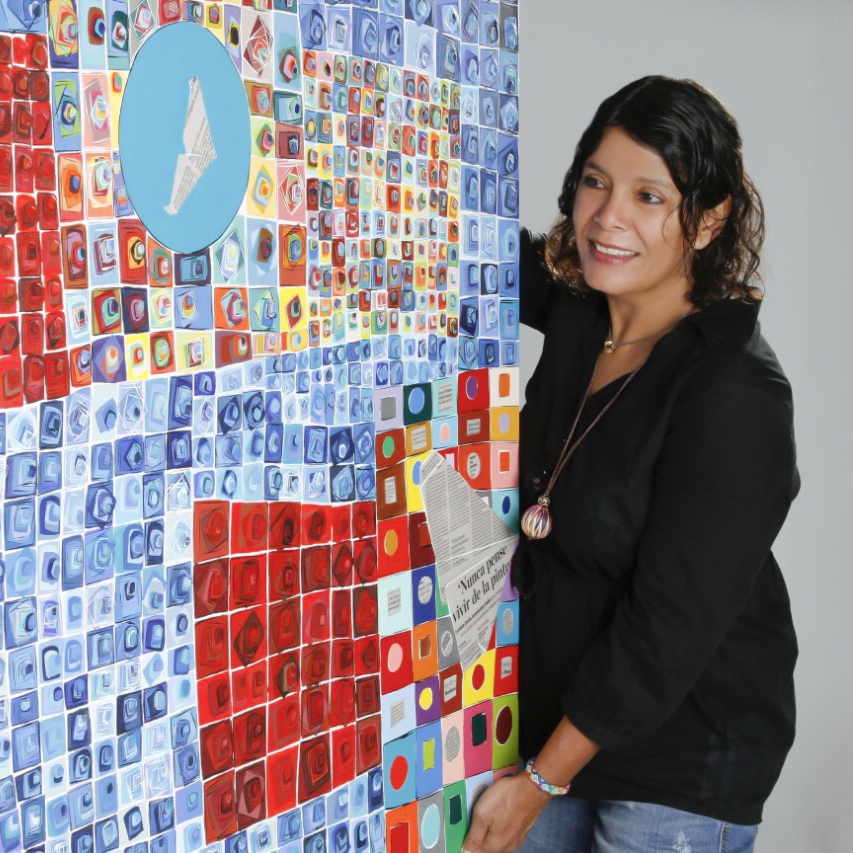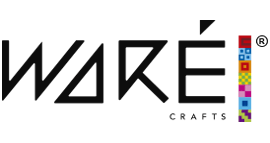Shopping Bag
0
- No products in the cart.


Ten years ago, while Paula Peña Amaya, co-founder of Waré Crafts, was walking through Alta Guajira, she found a group of artisans who had woven a “Mochila” with a pattern that included squares within squares; An innovative fabric very different from traditional designs. Also it resembled a painting made by the artist Patricia Quevedo, that Paula had bought in previous years.
Knowing that Patricia would love it, she brought the ‘Mochila’ to her and together they started discussing ideas surrounding blending both Patricia’s artist work and the Wayuú handcraft tradition.
Years later Paula had returned from Switzerland with an MBA where she enriched her knowledge in sustainable business. She met once again with Patricia Quevendo; reawakening their idea. What was once a beautiful concept became the first collection of Waré Crafts.

Ten years ago, while Paula Peña Amaya, co-founder of Waré Crafts, was walking through Alta Guajira, she found a group of artisans who had woven a “Mochila” with a pattern that included squares within squares; An innovative fabric very different from traditional designs. Also it resembled a painting made by the artist Patricia Quevedo, that Paula had bought in previous years.
Knowing that Patricia would love it, she brought the ‘Mochila’ to her and together they started discussing ideas surrounding blending both Patricia’s artist work and the Wayuú handcraft tradition.
Years later Paula had returned from Switzerland with an MBA where she enriched her knowledge in sustainable business. She met once again with Patricia Quevendo; reawakening their idea. What was once a beautiful concept became the first collection of Waré Crafts.


Patricia Quevedo is a Colombo-Venezuelan artist. She has always been attracted to Wayúu handicraft works, especially because these communities inhabit areas of both countries.
Wayuu handicrafts insert “Kanasü” which in Wayunaiki (Wayuu language) stands for pictures that interpret nature and daily life. The use of colors as well as geometrical figures such as the rhomboid figures are similar in several aspects to Patricia’s painting technic, which consists fundamentally in geometrical abstractions and color.
These designs turned out to be a whole learning process for twenty Wayuu indigenous women working from the Rancher[ias (places where each community live) Zahino, Warishitou-El Milagro, San Francisco, Yutaho, San Martin and Kamoushiwou as well as for Patricia who needed to sketch in a way artisans could interpret them.

Patricia Quevedo is a Colombo-Venezuelan artist. She has always been attracted to Wayúu handicraft works, especially because these communities inhabit areas of both countries.
Wayuu handicrafts insert “Kanasü” which in Wayunaiki (Wayuu language) stands for pictures that interpret nature and daily life. The use of colors as well as geometrical figures such as the rhomboid figures are similar in several aspects to Patricia’s painting technic, which consists fundamentally in geometrical abstractions and color.
These designs turned out to be a whole learning process for twenty Wayuu indigenous women working from the Rancher[ias (places where each community live) Zahino, Warishitou-El Milagro, San Francisco, Yutaho, San Martin and Kamoushiwou as well as for Patricia who needed to sketch in a way artisans could interpret them.
The results could not be better; pieces that fuse techniques and artistic styles in a unique high fashion accessory, which combines indigenous designs, found present in the base and straps of the ‘Mochilas,’ Patricia’s characteristic unique art style in the body.
